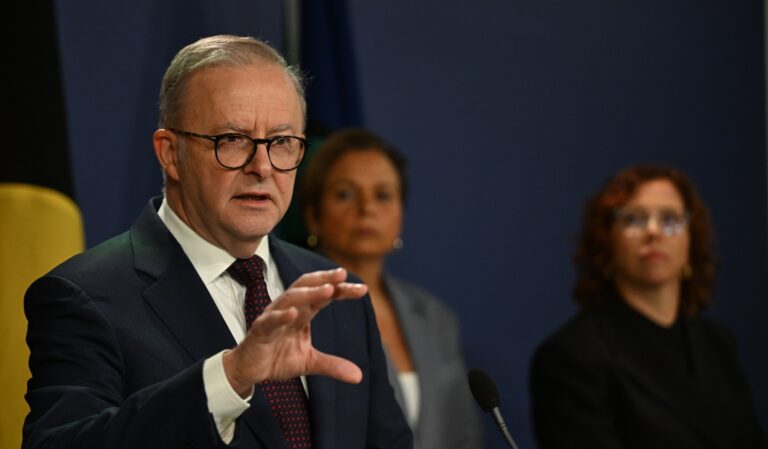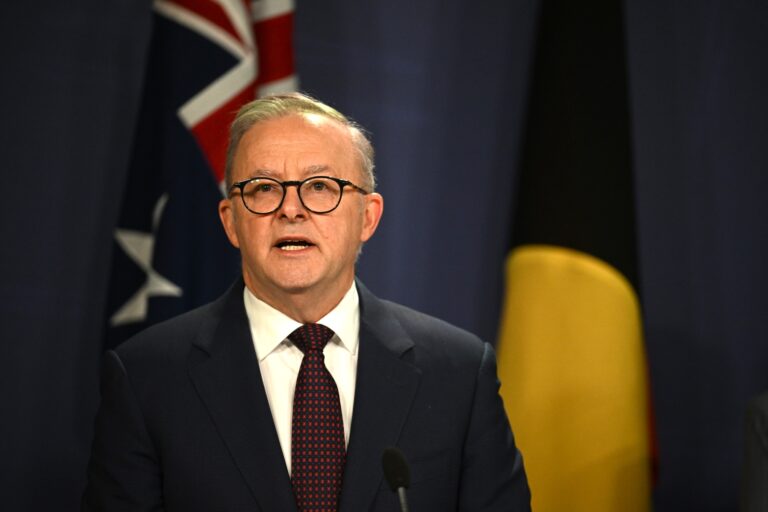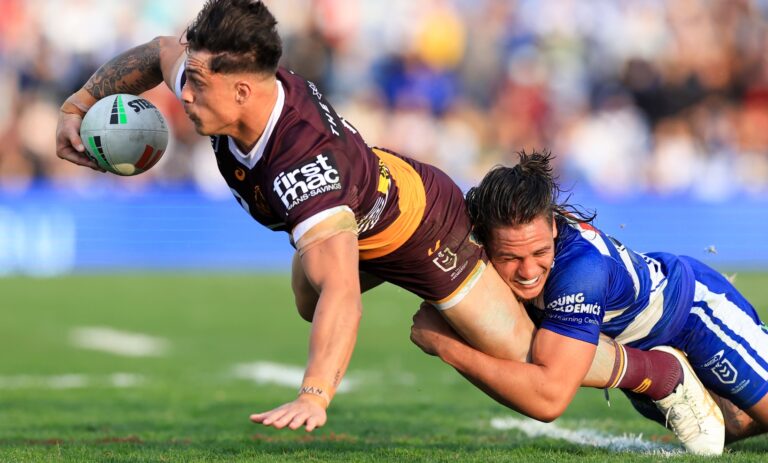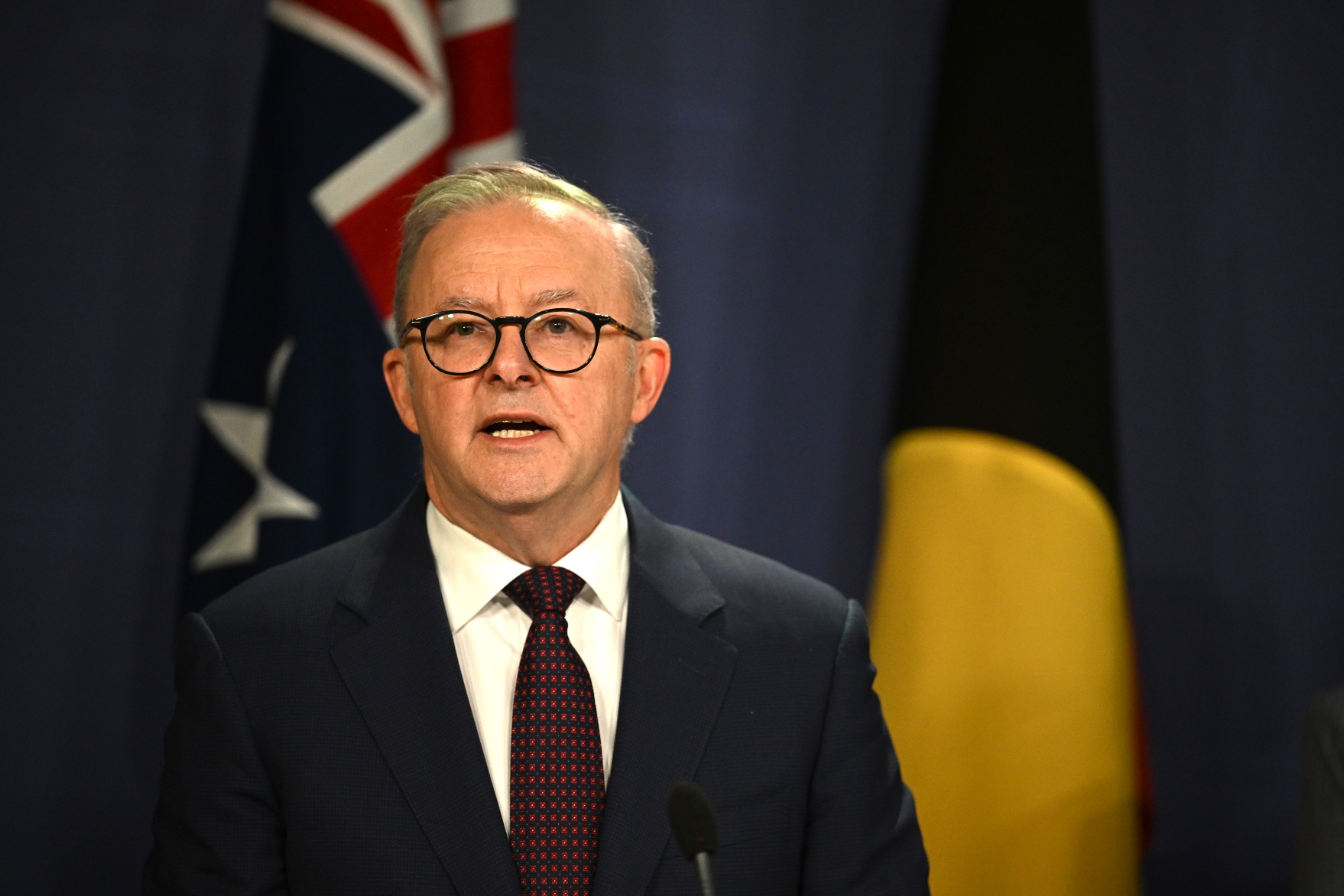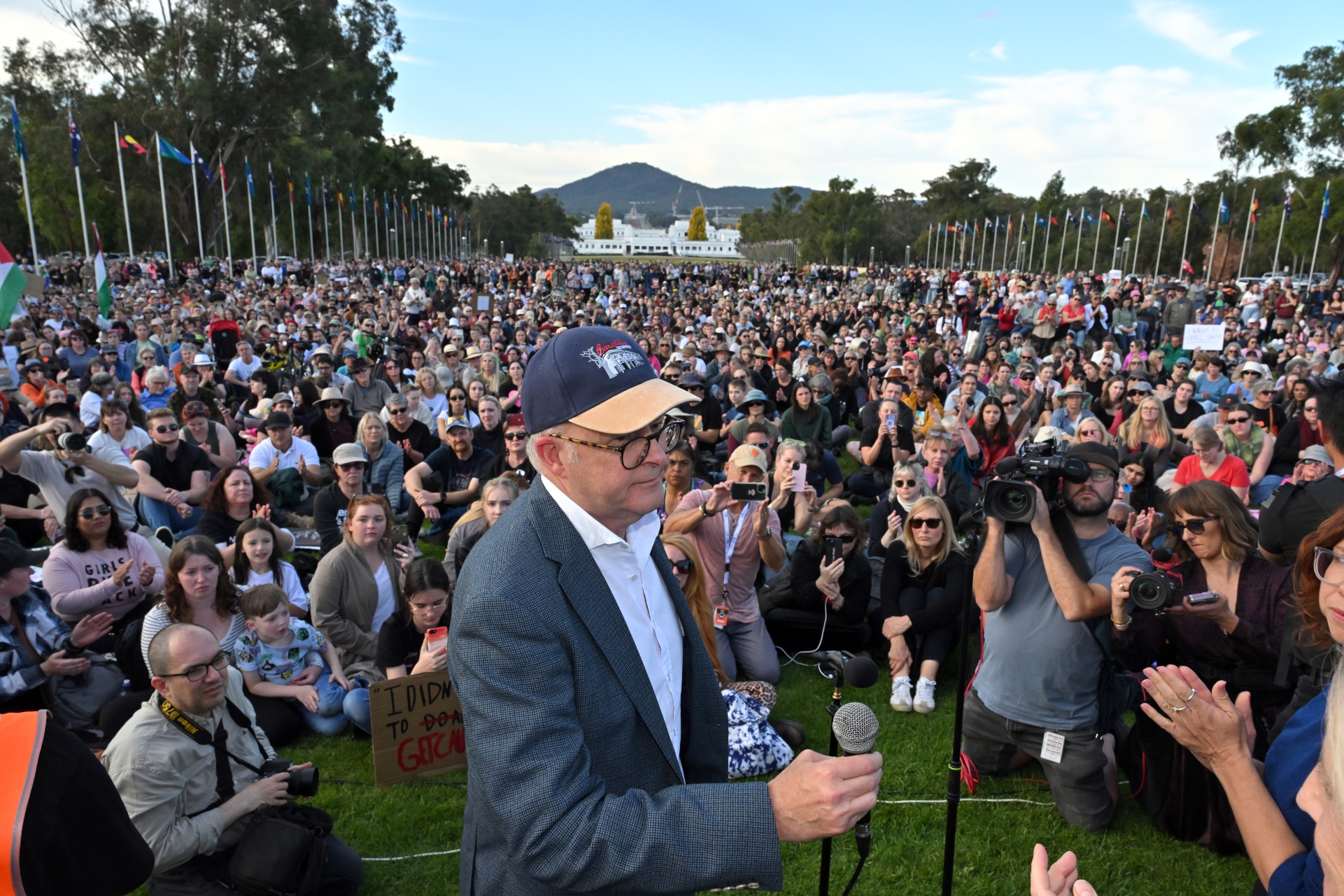
Tech and Gadgets by Peter Bite
Is it Time to Adopt Windows Phone?
September 6, 2012 by Lance Ulanoff, Mashable.com
Nokia made what I think is its best case for you buying a Windows Phone. No, wait, that’s not quite right. It, along with Microsoft made the case for you adopting the Windows Phone ecosystem: powerful, innovative hardware, tens of thousands of apps, and a flexible, people-centric OS that’s married to a much, much larger ecosystem of desktops, laptops and, soon, tablets.
The Nokia Lumia 920 running Windows Phone 8 is the full realization of Microsoft’s mobile platform. It meets or beats many competitors on a wide variety of key hardware features, including wireless charging, NFC pairing, a large high-def screen and, perhaps most notably, powerful image-capturing hardware and software.

The operating system is rich, customizable and different at a time where uniqueness counts. One byproduct of Applewinning its patent battle with Samsung is that a judge and jury have proven Apple and Samsung mobile products are more alike than not. In a world where the same starts to blend together, the unique will stand out.
Being different is not enough to make Windows Phone and Nokia successful. If it were, then simply saying the opposite of whatever someone else says would make you the most successful guy in the office (I believe George Costanza once tried this). It can work for a little while, but not as a long-term strategy.
Surface Changes
Coincidentally, on the day Nokia unveiled its first Windows 8 phones, Google’s Motorola unveiled a handful of new Droid Razrs. The Droid Razr HD is a big (4.7 inches) LTE device running, for now, Android Ice Cream Sandwich. It sounds like a decent phone, but also an iterative upgrade to the previous Razr.
Though a little bigger, Nokia’s Lumia 920 is, on the surface, at least, an iterative update, too. It looks a lot like the 900. Plus Windows Phone 8 is, at a glance, not a lot different than Windows Phone 7. But these are all surface judgments. Rip open the 920 and you find things like the spring-encased optical image stabilization, a powerful dual-core Qualcomm Snapdragon processor, an NFC chip that can ease Bluetooth pairing, wireless charging smarts and a high-resolution, hyper-sensitive capacitive touch screen that’s built to stand up to direct sunlight.
Much of that hardware prowess would not be possible without Windows Phone 8, which finally supports high-resolution screens, NFC and multi-core CPUs. Windows Phone 8 is every bit as rich and powerful as Android and iOS, but with the added benefit of Windows platform. The consistency consumers and developers will find across Windows phones, systems, tablets and even the Xbox gaming platform makes it one of the most comprehensive ecosystems in the space. Apple comes close with iOS, but lacks the standalone gaming platform (aside from the one built into its mobile products). Google’s ecosystem is fractured as it continues to develop the Chrome OS alongside the Android mobile OS.
The question is whether or not consumers notice or care.
Not too long ago I went smartphone shopping. My wife and teenage children all needed new phones; they were making the big switch from texting feature phones to smartphones. My wife wanted an iPhone. My children both asked for Android phones. When we went to Best Buy, there were people crowded around the iPhone table and another group floating around the overloaded Android phone section. There was a small space for two Windows 7 phones, the Lumia 800 and 900, and no one was standing anywhere near them.
I wondered what it would take to get my family to consider a Windows Phone. What if I was carrying one? What if one of their friends had one?
